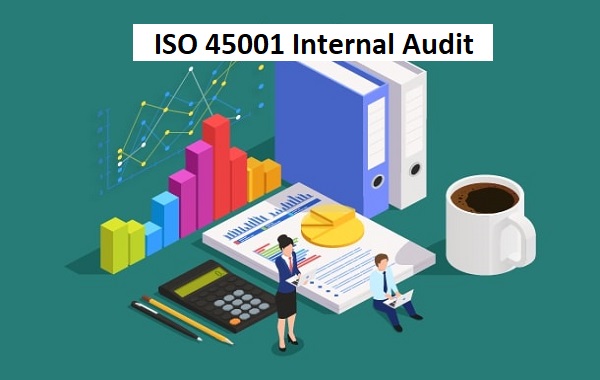
An internal audit of an occupational health and safety management system by ISO 45001 is a systematic and objective study of how an organization’s system is established and operated.
It assists organizations in determining whether their OH&S management system complies with the ISO 45001 standard and is successful in controlling OH&S risks and enhancing OH&S performance. Internal audits should be performed by trained auditors who are familiar with the organization’s OH&S management system and the ISO 45001 requirements.
Internal audit conclusions should always be based on objective, verifiable, and traceable data. A full internal audit report should include all audit results, documented information sighted, and issues discovered.
What Exactly Does an ISO 45001 Internal Audit Procedure Entail?
An ISO 45001 internal audit procedure outlines all of the critical processes that must be completed before, during, and after an audit. The audit protocol will document the audit’s responsibilities, purpose, and objectives.
An internal auditing procedure will cover the following general activities:
- How to Prepare for an Internal Audit.
- Internal auditors are chosen.
- Creating an auditing program.
- Phase of preparation and planning.
- Audit committee responsibilities.
- Performing the OH&S audit.
- Observations made during the audit.
- Data analysis and preliminary reporting.
- Internal control acts should be audited.
- Reports and final responses in writing.
An ISO 45001 internal audit procedure will detail how to:
- Audit the OH&S system.
- Audit the legislation.
- Create plans for corrective action.
- Plan for OH&S audits on an annual basis.
- Complete the internal audit reports for ISO 45001.
What is the Goal of an ISO 45001 Internal Audit Procedure?
An ISO 45001 internal audit procedure’s goal is to define a process for conducting internal audits, to assess the effectiveness of an OH&S management system, and to audit compliance to ISO 45001, Occupational Health and Safety Management Systems – Conditions with Assistance for Use.
Who Should Conduct an Internal ISO 45001 Audit?
Internal (and external) auditors should be from divisions of a workplace that are not directly linked with the area, process, or department being audited to ensure impartiality and objectivity.
In addition to the foregoing, internal auditors should be chosen based on their:
- Experience
- Education.
- Relevant ISO 45001 Awareness Training.
- Auditing experience (proven knowledge and abilities).
What Value Does ISO 45001 Internal Audit Bring to an Organization?
By objectively analysing your organization’s OH&S management system, policies, processes, and procedures, you may determine if the firm is operating to expectations and continuously improving.
An internal audit can assist you in determining:
- Levels of conformity about health, safety, quality, and the environment.
- Compliance with operational safety.
- Risks and possibilities for business growth.
- Control and compliance for business processes.
- Compliance with corporate governance principles.
Contents of this ISO 45001 Internal Audit Procedure Approval Purpose:
- Scope and objectives.
- Definitions of terms.
- Roles and Responsibilities.
- Procedures.
- An Overview of the Internal Auditing Process.
- Diagram of the Internal Auditing Process.
- How to Plan and Manage an Internal Audit.
- Internal Auditor Selection.
- Making an Audit Program.
- Preparing for the Audit.
- The Audit is being carried out.
- Data analysis and preliminary reporting.
- Audit Results.
- Previous Audit Results.
- Audit Reviews.
- Performing Audits.
- System audits.
- Procedure audits.
- Supplier audits.
- Legislation audits.
- Remedial Actions.
- Internal Audit Reports have been completed.
- Procedures, forms, and documents related to it.
- Examine the Criteria.
- Management of records.
- References.








